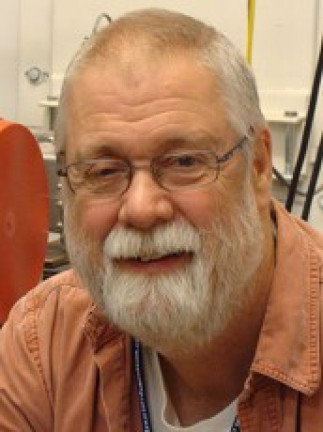Mark Sutton, Departement of Physics, McGill University, Montréal, QC, Canada
Many of the properties of a material depend more on the dynamics of its microstructure than on its atomic structure. Photon correlation spectroscopy (PCS) is an ideal way to study temporal fluctuations of this microstructure and by using laser light, it has been used since the late 1960s. These techniques has recently been extended to the x-ray region (XPCS). This allows one to study opaque materials and more importantly, to probe much shorter length scales such as required to study metal alloys. By the use of high resolution x-ray area detectors, XPCS is also being used to study systems with much longer time scales and to study fluctuations in non-equilibrium systems using two-time correlation functions. We have also extended XPCS by using heterodyning which allows us to probe local flow as well as dissipation.
This talk will describe XPCS using ideas from statistical mechanics and optics and will present several examples. It should be easily accessible to upper year undergraduates and graduate students in physics.
Site web du groupe du Prof. Sutton
Cette conférence est présentée par le RQMP Versant Nord du Département de physique de l'Université de Montréal et le Département de génie physique de Polytechnique Montréal.

